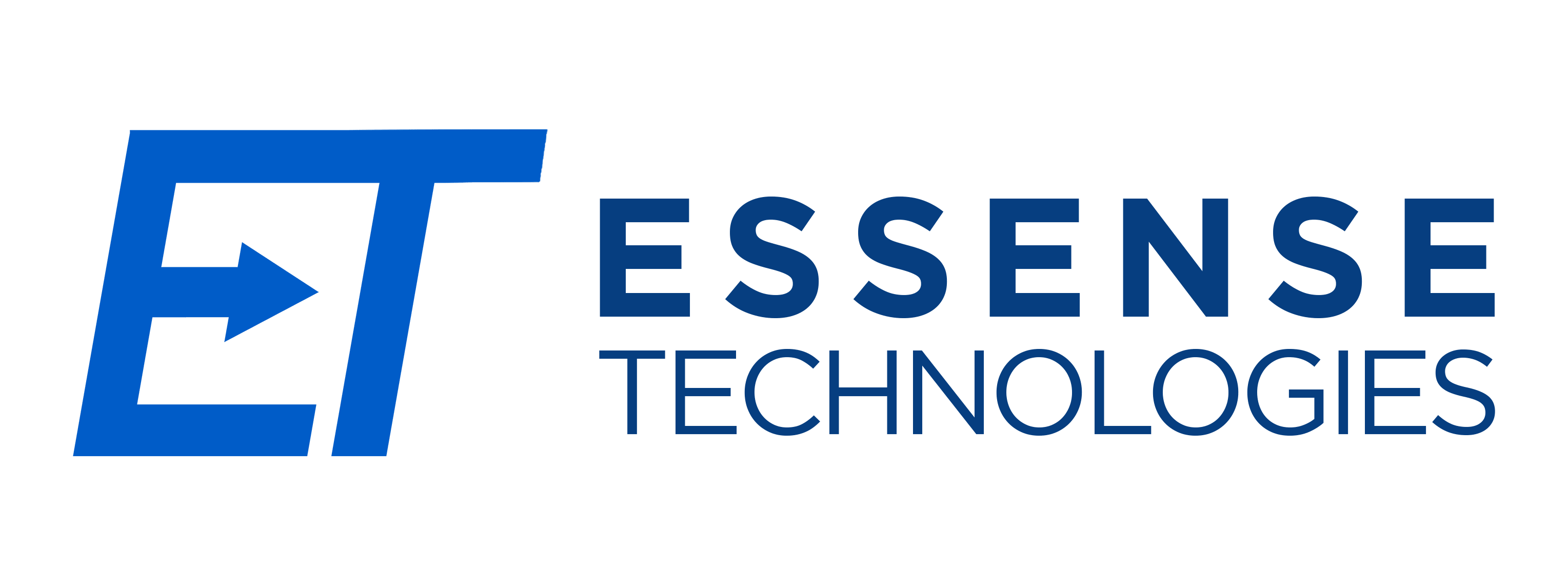Email marketing is a highly effective and cost-efficient way for businesses to connect with their target audience and promote their products or services.
History of Email Marketing:
Email marketing has been around since the early days of the internet, with the first mass email campaign sent by Digital Equipment Corporation in 1978. Since then, email marketing has evolved significantly, with the development of sophisticated email marketing platforms and the rise of mobile devices.
Benefits of Email Marketing
1. Increased ROI:
– Email marketing has an average ROI of $42 for every $1 spent according to the DMA.
– It is a cost-effective way for businesses to reach their target audience and generate sales or conversions.
2. Personalization:
– Email marketing allows businesses to segment their email list and personalize their messages.
– This leads to higher engagement and conversions.
3. Measurable results:
– Email marketing platforms offer detailed analytics and reporting features.
– Businesses can track the success of their campaigns and make data-driven decisions.
4. Increased brand awareness:
– Email marketing helps businesses to build brand awareness and stay top-of-mind with their target audience.
– Consistent messaging and valuable content can help to establish a strong brand identity.
5. High deliverability:
– Email marketing messages are delivered directly to the recipient’s inbox, increasing the likelihood of engagement.
– Unlike social media or other marketing channels, businesses have more control over who sees their message.
Email Marketing Best Practices
1. Build a quality email list:
– Focus on building an email list of individuals who are genuinely interested in your products or services.
– Avoid purchasing email lists, as they can often contain low-quality or irrelevant contacts.
2. Segment your email list:
– Segmenting your email list into different groups based on demographic, geographic, or behavioral data can help you to personalize your messages and increase engagement.
– Use past purchase behavior, website activity, or email engagement to target specific groups.
3. Use a clear and compelling subject line:
– Your subject line should be concise, attention-grabbing, and accurately reflect the content of your email.
– Use personalization or urgency to create a sense of excitement or urgency.
4. Optimize your email content:
– Make sure your email content is well-designed, visually appealing, and easy to read.
– Use images, videos, and other multimedia to break up the text and make your message more engaging.
5. Include a clear call-to-action (CTA):
– Your email should include a clear and compelling CTA that encourages recipients to take action, such as making a purchase or signing up for a newsletter.
– Use action-oriented language and make it easy for recipients to take the desired action.
6. Test and optimize your campaigns:
– Use A/B testing to test different elements of your email campaigns, such as subject lines, CTAs, and email content.
– Use the data from your tests to optimize your campaigns for better results.
Common Email Marketing Mistakes:
1. Sending Too Many Emails
– Bombarding your subscribers with too many emails can lead to high unsubscribe rates and decreased engagement. To avoid this mistake, consider the frequency and relevance of your emails. Ensure that each email provides value to your subscribers.
2. Ignoring Email Analytics
– Failing to track and analyze the performance of your email campaigns can lead to missed opportunities and wasted resources. Take advantage of email analytics to understand what’s working and what’s not, and make data-driven decisions to improve your campaigns.
3. Poor Email Design
– Poorly designed emails with unclear messaging or confusing layouts can lead to low engagement and high unsubscribe rates. Ensure that your emails have a clear and concise message and are visually appealing and easy to read.
4. Forgetting to Personalize Your Emails
– Personalizing your emails with recipient names or other relevant data can lead to higher engagement and conversions. Use data such as past purchases, location, or interests to personalize your emails and make them more relevant to your subscribers.
5. Neglecting Mobile Optimization
– With more and more people accessing emails on their mobile devices, it’s essential to optimize your emails for mobile viewing. Ensure that your emails are mobile-friendly, with a responsive design and easy-to-read text, and test them on multiple devices before sending.
What Are the Biggest Email Marketing Mistakes to Avoid in 2023?
Here are the five biggest email marketing mistakes to avoid in 2023:
1. Segment Your Email List
- Problem: Sending the same message to your entire email list can lead to lower engagement rates and higher unsubscribe rates.
- Solution: By segmenting your list and sending targeted messages to specific groups, you can improve your open rates, click-through rates, and conversions.
2. Optimize for Mobile
- Problem: With the majority of email opens occurring on mobile devices, it’s crucial to optimize your emails for smaller screens.
- Solution: Neglecting to do so can lead to a poor user experience and lost opportunities for engagement.
3. Send Relevant and Valuable Content
- Problem: Bombarding your subscribers with too many emails can lead to list fatigue and increased unsubscribes.
- Solution: Instead, focus on sending relevant and valuable content at a frequency that makes sense for your business and audience.
4. Create Compelling Subject Lines
- Problem: Your subject line is the first thing your subscribers see and can make or break their decision to open your email.
- Solution: Avoid vague or spammy subject lines and aim to create compelling, relevant, and personalized subject lines that entice your subscribers to open your email.
5. Regularly Test and Optimize
- Problem: Without regular testing and optimization, your email marketing campaigns may fall short of their potential.
- Solution: Take the time to test different subject lines, send times, and email formats to determine what resonates best with your audience and optimize accordingly.











